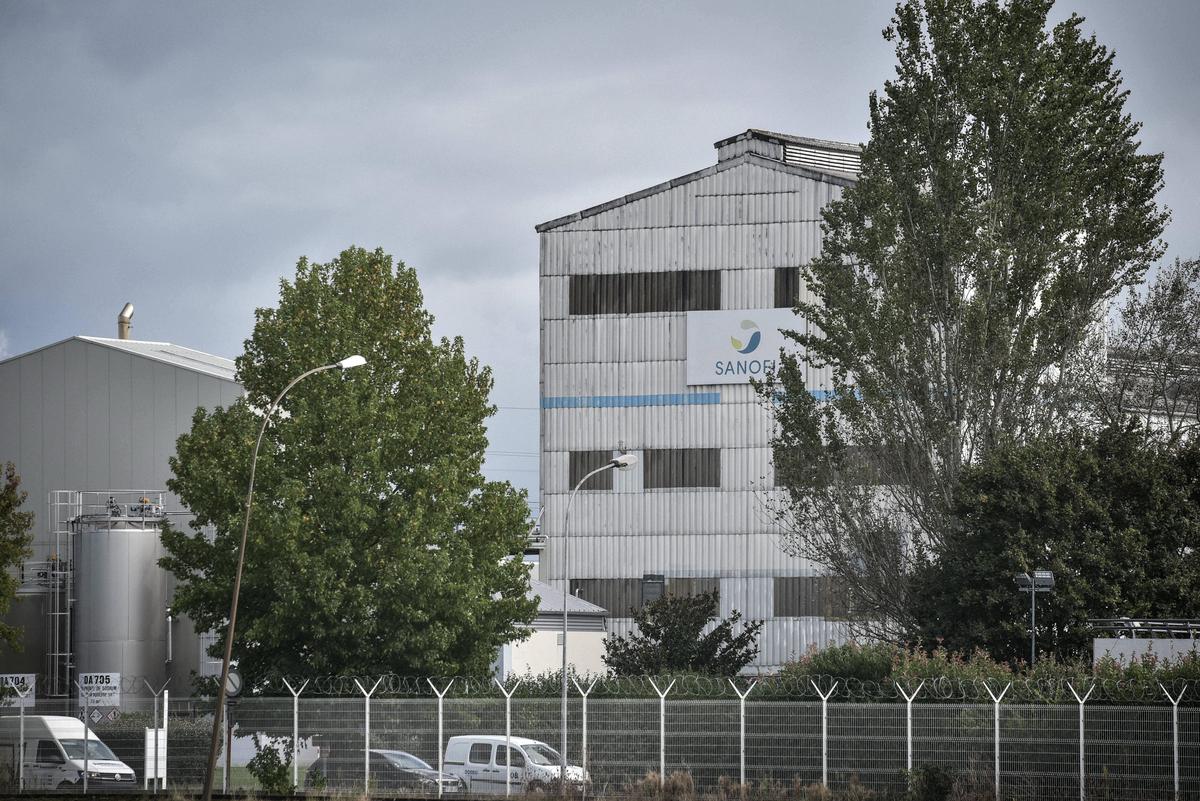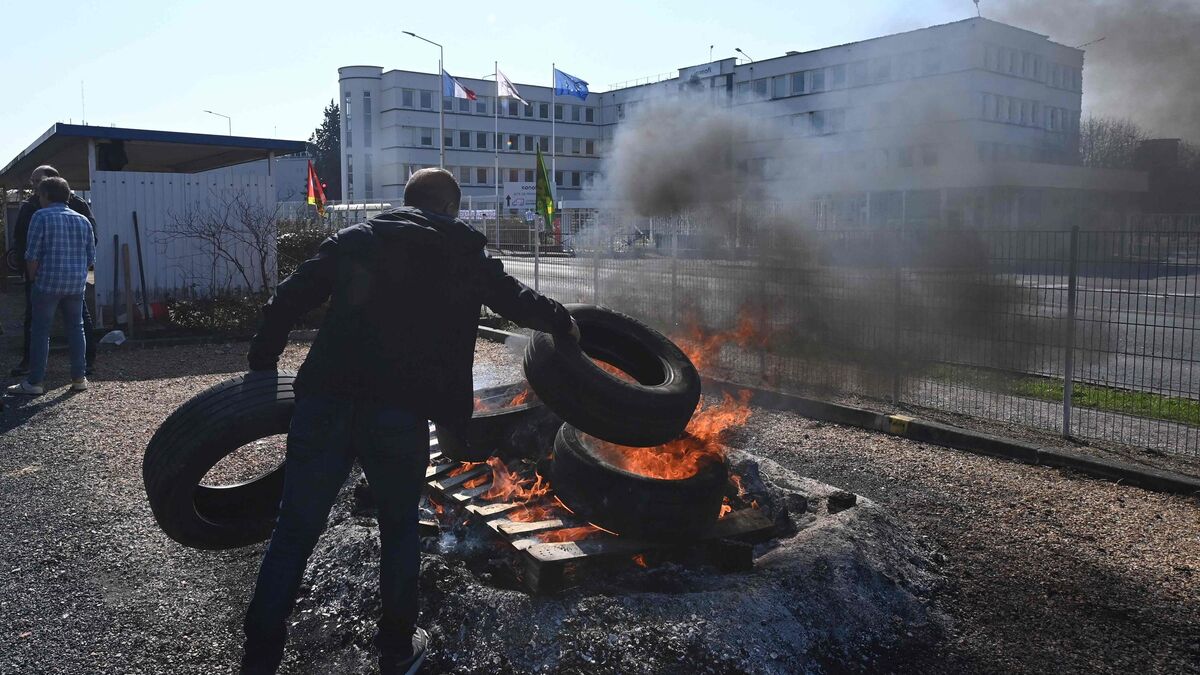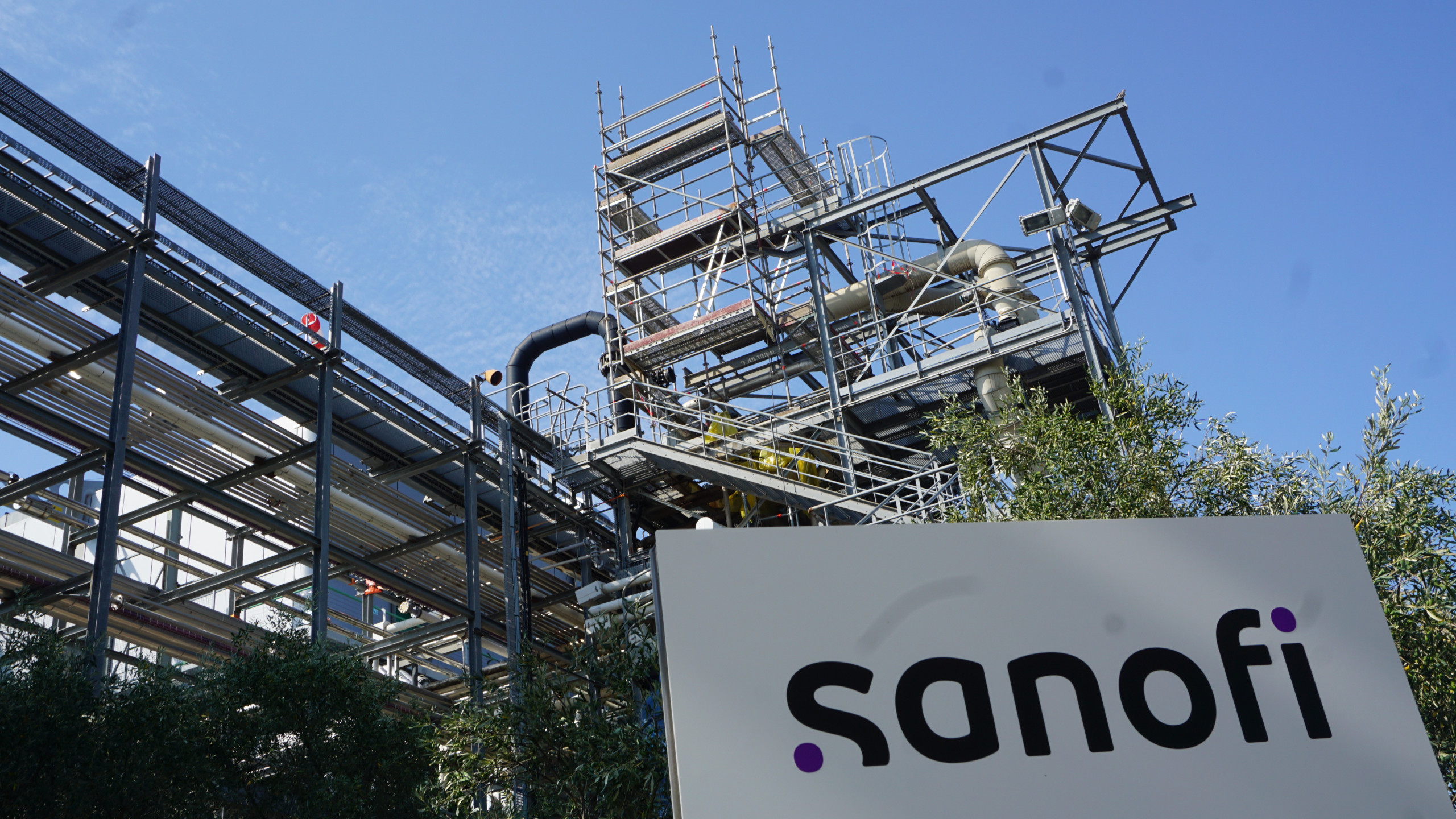Report Exposes The Dangers Of Climate Whiplash For Global Urban Centers

Table of Contents
Increased Frequency and Intensity of Extreme Weather Events
Climate whiplash manifests as rapid transitions between seemingly contradictory weather extremes. One day, a city might experience a record-breaking heatwave, only to be followed by a devastating flash flood or an unexpected blizzard. These rapid shifts are becoming more frequent and intense, exceeding the capacity of many urban infrastructures to cope. This erratic behavior of weather patterns challenges traditional approaches to urban planning and disaster management. Cities are simply not designed to handle such abrupt changes.
The lack of infrastructure capable of handling these rapid weather shifts leads to a cascade of problems:
- Increased risk of flash floods: Areas previously deemed low-risk for flooding are now experiencing increasingly frequent and severe flash floods due to the intensity of rainfall. Improved drainage systems and water management strategies are urgently needed.
- Damage to transportation networks: Extreme weather events frequently cause significant damage to roads, bridges, and public transportation systems, leading to economic disruption and social isolation for those reliant on public transit. Investing in more robust and resilient infrastructure is paramount.
- Strain on emergency services: The frequency of weather-related emergencies places a tremendous strain on emergency services, healthcare systems, and rescue teams. Heatstroke, hypothermia, and injuries from extreme weather events increase the demand for healthcare resources significantly.
- Higher rates of infrastructure damage: The cumulative effect of repeated extreme weather events leads to significantly higher rates of damage to critical infrastructure, requiring costly repairs and replacements, ultimately impacting municipal budgets and long-term city planning.
Impact on Vulnerable Populations
The impact of climate whiplash is not evenly distributed. Low-income communities and marginalized groups are disproportionately affected due to several factors:
- Inadequate housing: Poor housing quality leaves vulnerable populations more exposed to extreme temperatures and weather events, exacerbating existing health problems and increasing risks of displacement.
- Limited access to resources: These communities often lack access to crucial resources, such as reliable transportation, clean water, and healthcare, making them even more vulnerable during extreme weather events. This pre-existing vulnerability is further amplified by climate whiplash.
Specific impacts on vulnerable populations include:
- Increased risk of heat-related deaths: Elderly individuals, those with chronic illnesses, and infants are particularly vulnerable to heatwaves, and the unpredictable nature of climate whiplash increases the risk of mortality.
- Food insecurity: Extreme weather events disrupt agricultural production and supply chains, leading to increased food insecurity, especially for low-income populations who are heavily reliant on affordable food sources.
- Displacement and migration: Damage to homes and infrastructure caused by extreme weather events can lead to displacement and forced migration, adding to existing social and economic pressures.
- Exacerbation of existing social inequalities: Climate whiplash further exacerbates existing social inequalities by disproportionately impacting those already marginalized, creating a vicious cycle of vulnerability.
Economic and Social Costs of Climate Whiplash
The economic and social costs associated with climate whiplash are substantial and far-reaching. The impact extends beyond immediate damage to property and infrastructure:
- Increased insurance premiums and claims: The increasing frequency and severity of extreme weather events drive up insurance premiums and lead to substantial claims payouts, impacting both individuals and businesses.
- Economic losses due to business interruptions: Businesses face significant economic losses due to closures, damage to property, and supply chain disruptions caused by extreme weather events, significantly impacting local and national economies.
- Increased strain on public services and government budgets: Governments face increasing pressure on public services and budgets due to the need for disaster relief, infrastructure repairs, and healthcare services related to extreme weather events.
- Potential for social unrest and conflict: Resource scarcity, displacement, and increased competition for limited resources can contribute to social unrest and conflict, particularly in already stressed communities.
Mitigation and Adaptation Strategies for Urban Centers
To combat the escalating threat of climate whiplash, cities must implement comprehensive mitigation and adaptation strategies:
- Investing in resilient infrastructure: This includes upgrading infrastructure to withstand extreme weather events, improving drainage systems, and developing more resilient transportation networks.
- Improving early warning systems: Reliable and timely early warning systems are crucial to allow for effective evacuation and preparedness efforts, minimizing the impact of extreme weather events.
- Promoting sustainable urban planning: Sustainable urban planning practices that reduce emissions, improve green spaces, and incorporate natural flood defenses are essential for long-term resilience.
Specific strategies include:
- Investing in green infrastructure: Green infrastructure, such as green roofs, urban forests, and permeable pavements, helps manage stormwater runoff, reduce the urban heat island effect, and improve air quality.
- Developing climate-resilient building codes and infrastructure standards: New building codes and standards must incorporate climate resilience considerations to ensure new developments can withstand extreme weather events.
- Improving early warning systems for extreme weather events: Investments in advanced weather forecasting and early warning systems are critical to provide timely alerts and allow for effective response strategies.
- Implementing sustainable urban planning practices: Sustainable urban planning incorporates green spaces, efficient public transportation, and strategies to minimize carbon emissions.
Conclusion
The report on the dangers of climate whiplash for global urban centers presents a stark warning. The increased frequency and intensity of extreme weather events, coupled with their disproportionate impact on vulnerable populations, pose a profound threat to urban sustainability and well-being. Addressing climate whiplash requires a coordinated effort from all levels of government, businesses, and individuals to implement effective mitigation and adaptation strategies. We must act now to build more resilient cities and protect our communities from the devastating consequences of this escalating threat. Understanding and addressing the risks of climate whiplash, and its variations like extreme weather events and unpredictable shifts, is no longer optional; it's essential for the future of our urban centers. Learn more about how your city is preparing for climate whiplash and demand action from your local representatives.

Featured Posts
-
 Is The Us Revenge Travel Trend Over A Look At Shifting Consumer Behavior
May 28, 2025
Is The Us Revenge Travel Trend Over A Look At Shifting Consumer Behavior
May 28, 2025 -
 Ronaldonun Cirkinlik Hakareti Adanali Ronaldodan Beklenmedik Tepki
May 28, 2025
Ronaldonun Cirkinlik Hakareti Adanali Ronaldodan Beklenmedik Tepki
May 28, 2025 -
 Liverpool Transfer News Two Exciting Wingers Linked As Salah Contract Remains Priority
May 28, 2025
Liverpool Transfer News Two Exciting Wingers Linked As Salah Contract Remains Priority
May 28, 2025 -
 Serious Injury Blow For Ipswich Towns Mc Kenna Philogene Bidace
May 28, 2025
Serious Injury Blow For Ipswich Towns Mc Kenna Philogene Bidace
May 28, 2025 -
 Final Nba 2 K25 Roster Update Elevated Player Ratings For The Playoffs
May 28, 2025
Final Nba 2 K25 Roster Update Elevated Player Ratings For The Playoffs
May 28, 2025
Latest Posts
-
 Communique De Presse Officiel Sanofi Inaugure Un Centre De Recherche En France
May 31, 2025
Communique De Presse Officiel Sanofi Inaugure Un Centre De Recherche En France
May 31, 2025 -
 Le Combat Des Salaries D Amilly Pour Sauver L Usine Sanofi
May 31, 2025
Le Combat Des Salaries D Amilly Pour Sauver L Usine Sanofi
May 31, 2025 -
 Sanofi Inauguration D Un Nouveau Site De Production En France Communique De Presse
May 31, 2025
Sanofi Inauguration D Un Nouveau Site De Production En France Communique De Presse
May 31, 2025 -
 Sanofi L Avenir Incertain De L Usine D Aspegic A Amilly
May 31, 2025
Sanofi L Avenir Incertain De L Usine D Aspegic A Amilly
May 31, 2025 -
 Amilly La Mobilisation Des Salaries Contre La Cession De L Usine Sanofi
May 31, 2025
Amilly La Mobilisation Des Salaries Contre La Cession De L Usine Sanofi
May 31, 2025
